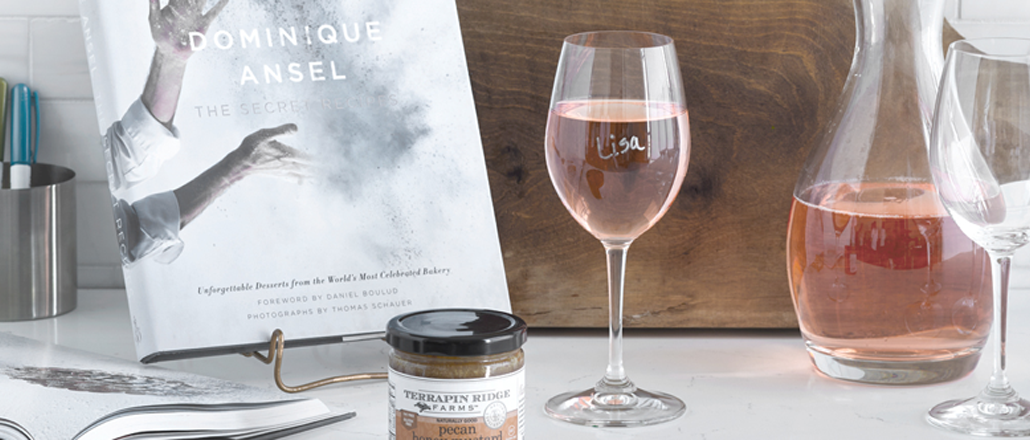Save 50% on a 3-month Digiday+ membership. Ends Dec 5.

When it comes to e-commerce, some publishers aren’t shying away from doing some of the dirty work themselves.
Women’s lifestyle site PopSugar made the jump into commerce in 2012 with Must Have, a $40-a-month-subscription box that today accounts for 20 percent of its revenue. The twist: Rather than outsource the entirety of the operation to third-party vendors, PopSugar handles all of its merchandising, marketing and customer support in-house.
“We’ve been doing this for a while, so we’ve gotten the big issues figured out when it comes to owning these systems and handling the overall process,” said PopSugar president Lisa Sugar.
Condé Nast’s Allure took its Allure Beauty Box operations in-house six months ago, giving the publisher more control over what made it into the boxes and giving it a more direct relationship with readers. “We’re running all the procurement, marketing and manufacturing, but we also own the customer data,” said Allure publisher and chief revenue officer Agnes Bogdan Chapski. Its subscription-box business has 30,000 subscribers, a 40 percent increase since last June. Food52 has also pushed closer to being a retailer in its own right.
Commerce has become a common way publishers try to shore up their businesses in the face of declining ad revenue. For Gawker and The Washington Post, for example, commerce means running affiliate links within articles, a simple revenue stream that gives publishers small a cut of sales while letting them off the hook for the actual challenging parts of running a commerce business.
What PopSugar and Allure are doing, in contrast, is much harder. “Setting up a subscription front end isn’t terribly complicated. It’s on the backend, where you get into the fulfillment and supply chain stuff, that’s where the complexity is,” said Scott Wingo, CEO of ChannelAdvisor, an e-commerce software company. “That tends to be outside the core competency of media companies and is harder than they might think going in.”
He said that the subscription box business has become particularly complex. Consumer tastes are drifting toward more customizable boxes, which has ratcheted up the difficulty on the fulfillment end because it has forced companies to have to work with more vendors and product combinations.
Ad position: web_incontent_pos1
PopSugar ran into some snags in early 2014, when it migrated its shipping and payments systems. Some subscribers ran into billing issues, while others got their boxes days late — a major problem in the age of the unwaveringly dependable Amazon.
Despite these challenges, media companies do have some advantages over pure-play commerce companies. One is marketing. Running a subscription-box product next to a website means free marketing, lowering consumer acquisition costs and widening margins.
“There are a lot of beauty boxes out there, but because our brand is so strong and because our editors have such traction and expertise, we knew something curated by us would have more value than something from a brand people didn’t know,” said Allure’s Bogdan Chapski.
More in Media

What publishers are wishing for this holiday season: End AI scraping and determine AI-powered audience value
Publishers want a fair, structured, regulated AI environment and they also want to define what the next decade of audience metrics looks like.

Digiday+ Research Subscription Index 2025: Subscription strategies from Bloomberg, The New York Times, Vox and others
Digiday’s third annual Subscription Index examines and measures publishers’ subscription strategies to identify common approaches and key tactics among Bloomberg, The New York Times, Vox and others.

From lawsuits to lobbying: How publishers are fighting AI
We may be closing out 2025, but publishers aren’t retreating from the battle of AI search — some are escalating it, and they expect the fight to stretch deep into 2026.
Ad position: web_bfu
